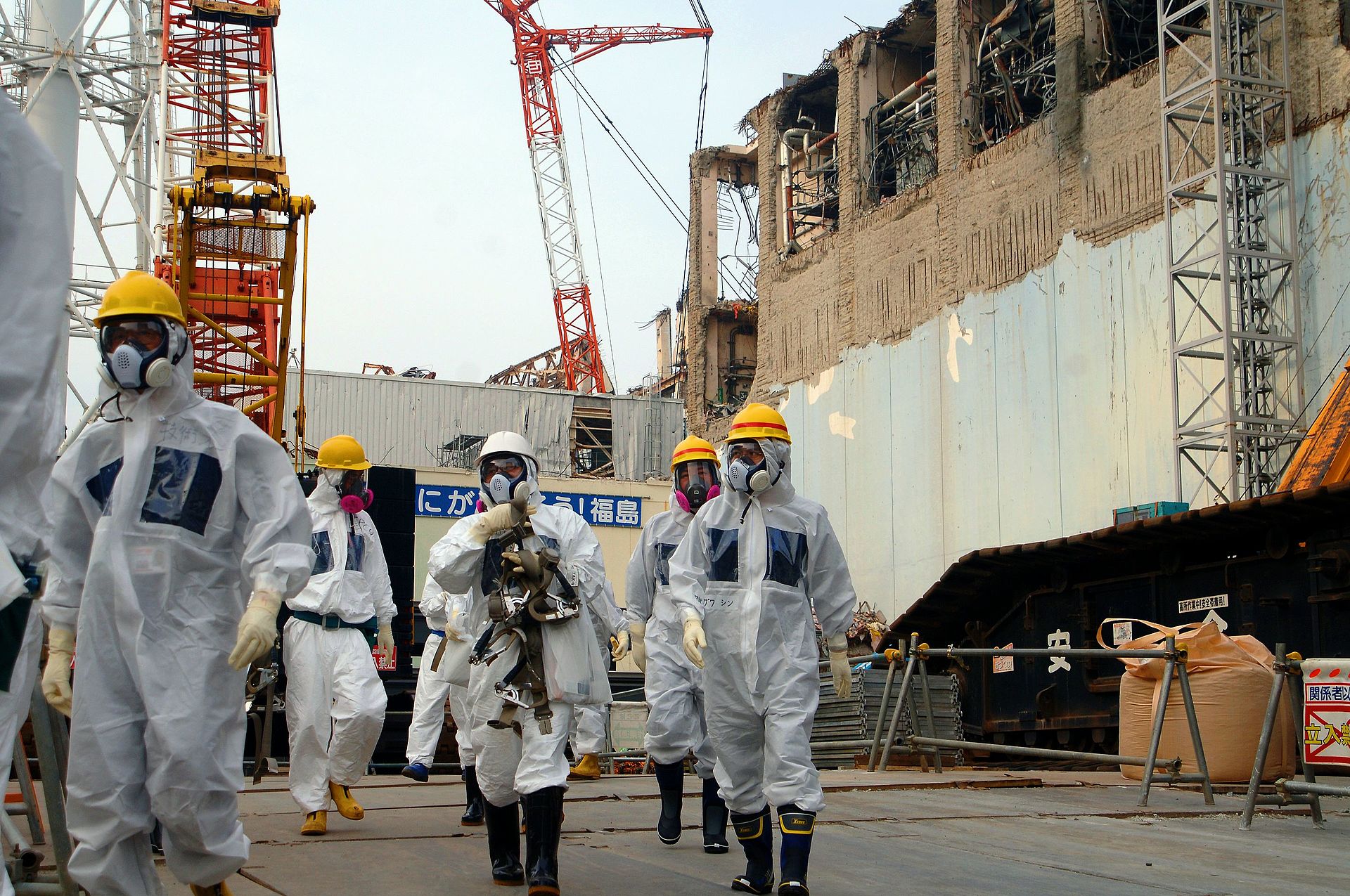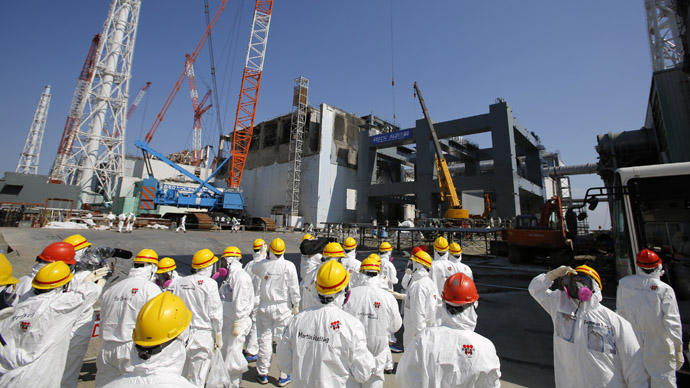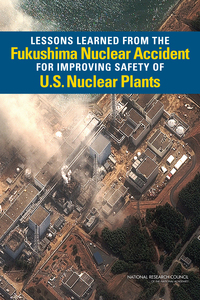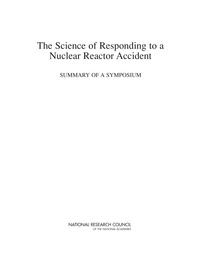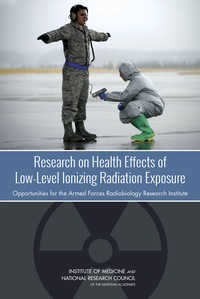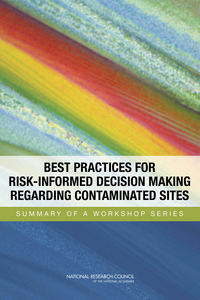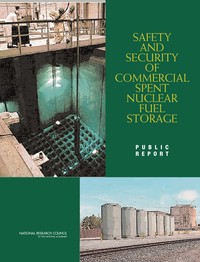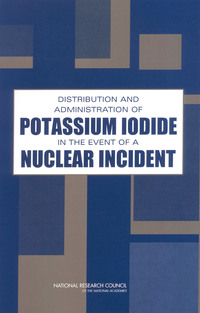Events at Japan’s Fukashima Dai-ichi nuclear plant have caused many to take a closer look at the U.S. nuclear power industry. Nuclear power provides 19 percent of U.S. electricity as a whole and about 70 percent of electricity produced without greenhouse gas emissions from operations. Nuclear power plants have historically provided electricity safely and reliably, and they have operated with capacity factors greater than 90 percent over the last few years.
There has been substantial worldwide interest in building new nuclear power plants. This interest is evident not only in countries that led the world in the development of nuclear power, but also in developing countries with large economies. After years of relatively slow worldwide growth, many countries that do not have a nuclear power plant are considering building one; and many nations that already have one or more nuclear power plants are considering adding more nuclear power plants and expanding their nuclear enterprises with fuel fabrication, uranium enrichment, and spent fuel reprocessing facilities to serve an expanded fleet of nuclear power plants.
The National Research Council has produced a number of reports that examine the prospects for future development of nuclear energy, the processes for transportation and storage of commercial spent nuclear fuel, safety considerations for the operation of U.S. nuclear plants, and possible unintended dual-use issues.
America’s Energy Future: Technology and Transformation discusses the current status and prospects for nuclear energy in the United States. This book examines new technologies that could make nuclear power more efficient. Hidden Costs of Energy: Inpriced Consequences of Energy Production and Use examines the costs and benefits of various sources of energy, providing detailed analyses of electricity generation from coal, natural gas, and nuclear fission, which together account for 88% of all electricity generated in the United States.
Safety and Security of Commercial Nuclear Spent Fuel Storage assesses the safety and security risks of spent nuclear fuel stored in cooling pools and dry casks at commercial nuclear power plants. Internationalization of the Nuclear Fuel Cycle addresses concerns about the proliferation risk of adding enrichment facilities in countries that do not have them now, and the possibility of providing the needed fuel and reprocessing nuclear waste without requiring indigenous enrichment facilities.
These books and others can inform debate and guide decision-making.
 |
America’s Energy Future: Technology and Transformation
Energy touches our lives in countless ways and its costs are felt when we fill up at the gas pump, pay our home heating bills,…

|
 |
Hidden Costs of Energy: Unpriced Consequences of Energy Production and Use
Despite the many benefits of energy, most of which are reflected in energy market prices, the production, distribution, and use of energy causes negative effects. Many of these negative effects are not reflected in energy market prices. When market failures like…

|
 |
Safety and Security of Commercial Spent Nuclear Fuel Storage: Public Report
In response to a request from Congress, the Nuclear Regulatory Commission and the Department of Homeland Security sponsored a National Academies study to assess the safety and security risks of spent nuclear fuel stored in cooling pools and dry casks at…

|
 |
Internationalization of the Nuclear Fuel Cycle: Goals, Strategies, and Challenges
The so-called nuclear renaissance has increased worldwide interest in nuclear power. This potential growth also has increased, in some quarters, concern that nonproliferation considerations are not being given sufficient attention. In particular, since…

|
 |
Electricity from Renewable Resources: Status, Prospects, and Impediments
A component in the America’s Energy Future study, Electricity from Renewable Resources examines the technical potential for electric power generation with alternative sources such as wind, solar-photovoltaic, geothermal, solar-thermal,…

|
 |
Review of DOE’s Nuclear Energy Research and Development Program
There has been a substantial resurgence of interest in nuclear power in the United States over the past few years. One consequence has been a rapid growth in the research budget of DOE’s Office of Nuclear Energy (NE). In light of this growth, the Office of…

|
 |
Alternatives to the Indian Point Energy Center for Meeting New York Electric Power Needs
Since the September 11, 2001 terrorist attacks on the World Trade Center, many in the New York City area have become concerned about the possible consequences of a similar attack on the Indian Point nuclear power plantslocated about 40 miles from…

|
 |
Going the Distance?: The Safe Transport of Spent Nuclear Fuel and High-Level Radioactive Waste in the United States
This new report from the National Research Councils Nuclear and Radiation Studies Board (NRSB) and the Transportation Research Board reviews the risks and technical and societal concerns for the transport of spent nuclear fuel and high-level radioactive waste…

|
 |
An International Spent Nuclear Fuel Storage Facility — Exploring a Russian Site as a Prototype: Proceedings of an International Workshop
As part of a long-standing collaboration on nuclear nonproliferation, the National Academy of Sciences and the Russian Academy of Sciences held a joint workshop in Moscow in 2003 on the scientific aspects of an international radioactive disposal site in Russia. …

|
 |
End Points for Spent Nuclear Fuel and High-Level Radioactive Waste in Russia and the United States
End Points for spent Nuclear Fuel and High-Level Radioactive Waste in Russian and the United States provides an analysis of the management of spent nuclear fuel and high-level radioactive waste in Russia and the United States, describing inventories,…

|
 |
One Step at a Time: The Staged Development of Geologic Repositories for High-Level Radioactive Waste
Compared to other large engineering projects, geologic repositories for high-level waste present distinctive challenges because: 1) they are first-of-a-kind, complex, and long-term projects that must actively manage hazardous materials for many decades: 2) they…

|
